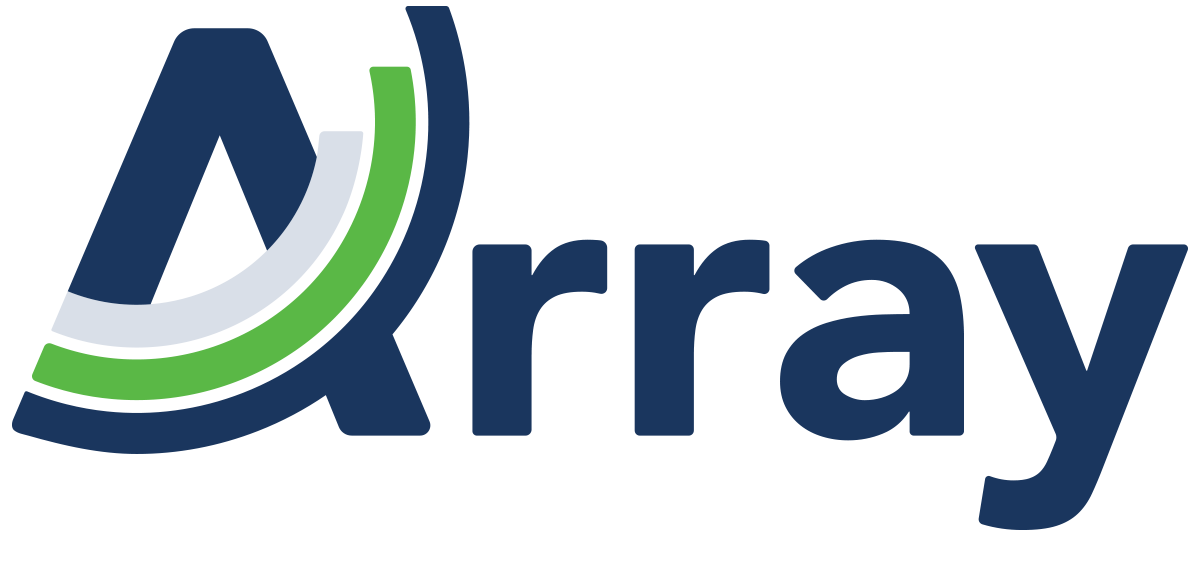Every week, the Array team reviews the latest news and analysis about the evolving field of eDiscovery to bring you the topics and trends you need to know. This week’s blog covers the week of January 22-28. Here’s what’s happening.
Florida ethics opinion on generative AI
The Florida Bar Board of Governors this month issued a non-binding Ethics Advisory Opinion 24-1 that provides guidance on the ethics involved in the use of generative AI, and it’s good news for lawyers and others seeking to use the technology in eDiscovery. Instead of discouraging use of gen AI, “Opinion 24-1 is based on existing universal ethical rules and standards, which it distills and applies to current issues with generative AI,” writes the Hon. Ralph Artigliere on the EDRM blog.
The opinion states, in part: “Lawyers may use generative artificial intelligence (“AI”) in the practice of law but must protect the confidentiality of client information, provide accurate and competent services, avoid improper billing practices, and comply with applicable restrictions on lawyer advertising.” Lawyers must “remain responsible for their work product and professional judgment” — cautiously reviewing AI-generated work just as they would a memo drafted by a paralegal or other non-lawyer. Lawyers also “must develop policies and practices to verify that the use of generative AI is consistent with the lawyer’s ethical obligations.”
This guidance is not all that different from the standard ways lawyers much approach all client work, albeit while using a new, innovative technology. As Bob Ambrogi writes about the ethics opinion on LawNext.com, what’s old is new once again: “My opinion has been that no new rules are needed to address generative AI — that the existing rules and the existing body of ethics opinions pertaining to the use of technology apply with equal force and clarity to generative AI. … Insofar as this opinion relies heavily on prior ethics opinions around subjects such as cloud computing and the duty of technology competence, it underscores that notion that, although generative AI is a newly emerging technology, the same old rules apply.”
AI and billing transparency
AI can make lawyer bills “more predictable and accurate,” argues Sharon Scenna, senior solutions management director at Intapp, in a commentary published by Reuters. She cites the frustration evident in the latest survey by the Association of Corporate Counsel (ACC), titled “The State of Collaboration in Corporate Legal Departments,” in which only 42% of in-house legal professionals say they’re happy with cost transparency and just 38% with cost predictability.
In the eDiscovery context, document review utilizing assisted AI technology can make the number of documents reviewed per hour more predictable or even remove fluid hourly costs in favor of charging per document. As data sets are identified, the costs for document review, typically the most expensive portion of the litigation, can be more easily predicted and budgeted for at the start of the project. This would allow in-house staff to have much more transparency into potential costs before the review even kicks off.
Third-party discovery delay almost costs plaintiff its case
The ACEDS Blog has a breakdown of a third-party discovery delay in a patent infringement case brought by Beacon against BMW relating to vehicle navigation technology.
Beacon served a subpoena on BMW’s third-party provider that manufactured the navigation technology more than a month after fact discovery closed, and used the source code obtained in the subpoena to allege infringement in its opening expert report, according to the blog. BMW filed a motion to strike, alleging that Beacon delayed the third-party discovery of the source code.
From the ACEDS Blog: “Having found that Beacon violated its Rule 26(e) obligations to update its contentions regarding the infringement, the Court addressed sanctions under Rule 37(c) and identified the five factor test applied by the 6th Circuit for determining whether a party’s nondisclosure of evidence is substantially justified or harmless: (1) the surprise to the party against whom the evidence would be offered; (2) the ability of that party to cure the surprise; (3) the extent to which allowing the evidence would disrupt the trial; (4) the importance of the evidence; and (5) the nondisclosing party’s explanation for its failure to disclose the evidence.”
Fortunately for Beacon, the court found that four of the five factors weighed against exclusion of the source code, including in No. 4, which could have sunk Beacon’s case.
To avoid such delays, parties should strive to identify all relevant third-parties early in the process and serve the subpoenas in a timely manner alongside clear production instructions and deadlines. Parties should also keep detailed charts of documents received on which dates so that they may follow up, as needed, in advance of important deadlines.
Other recent eDiscovery news and headlines:
- Strategies for Successful Recovery of E-Discovery Expenses (The Legal Intelligencer)
- These Seven Schools Are Rethinking How Law Is Taught (including eDiscovery tools) (Bloomberg Law)
- Legal Tech’s Predictions for Innovating for Good in 2024 (Legaltech News)

